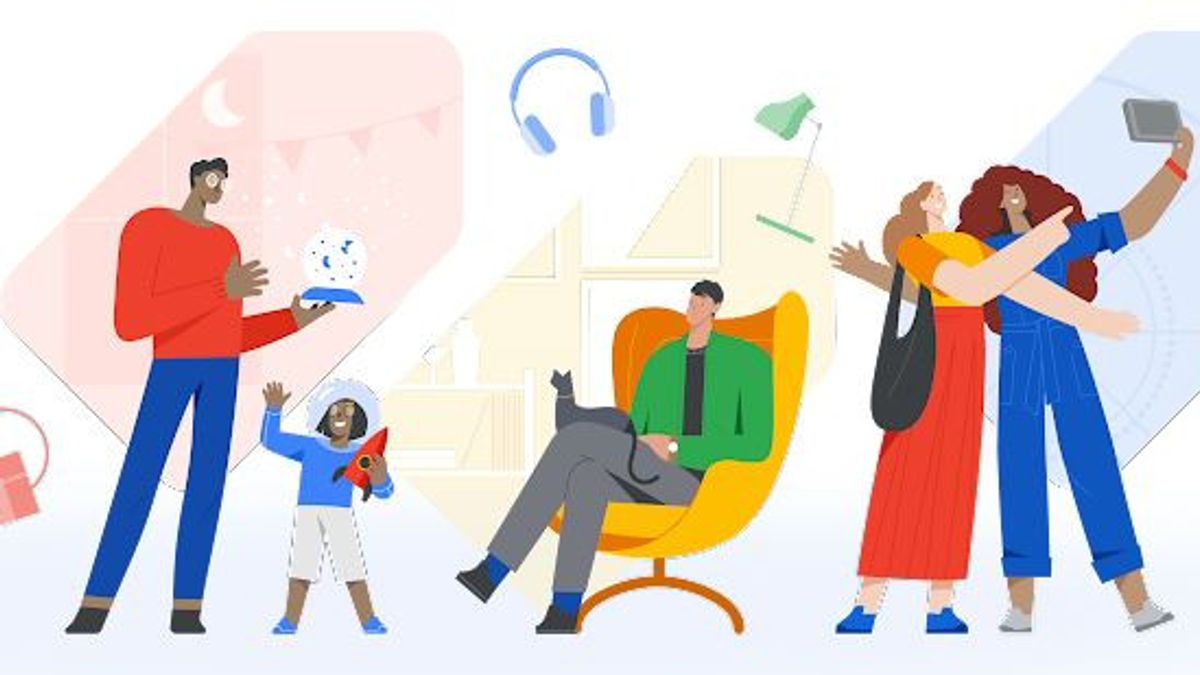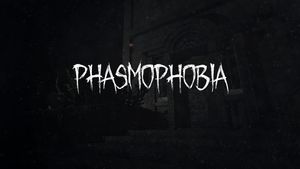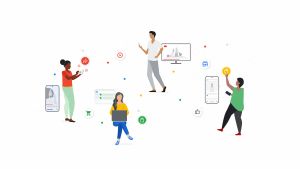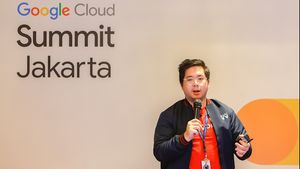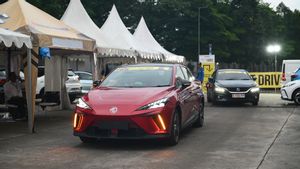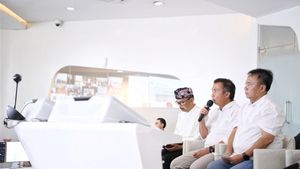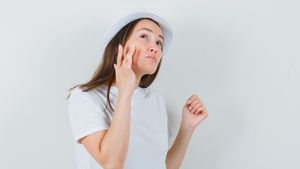JAKARTA - Google introduced two new features for an online shopping experience designed to help users look for clothes in more detail and visualize better how clothes will look on different body types.
Starting today, Google Shopping users in the United States can access a virtual try-on experience that shows realistic how clothes will be seen in a group of original human models.
These models are available with various skin tones, ethnicity, hair type, and body shape, with size ranges ranging from XXS to 4XL to help users see how clothes will look on body types similar to their own.
Initially, only female tops of a number of brands such as H&M, Anthropologie, Everlane, and Loft will be available for this virtual try-on experience, with Google claiming that male tops and other "weares" will be available someday this year.
This feature is designed to help buyers avoid disappointment by accurately visualizing how clothes will look before they buy them.
The company claims, by referring to their own shopping data, that 59 percent of online shoppers are disappointed with the purchase of clothing because they expect it to look different on their bodies, and 42 percent feel they are not represented by online clothing models.
Google Shopping users can select "try on model" on a list of female tops on supported brands like Anthropologie, with various options available for each body size.
Google Shopping's new virtual try-on experience uses a diffusive-based generative AI model, which is trained by adding Gaussian noise to the image (random pixels) which is then studied by the model to remove the noise and produce realistic images.
This process allows Google's AI model to realistically describe how clothes will wrinkle, fold, hang, stick, and stretch over a variety of diverse models, regardless of the angle or pose they take. To explain, models on Google Shopping are not the result of AI generation. But AI is only used to shape clothes around this human model picture.
The new filter was also introduced on Google Shopping today which is designed to help users find what they're looking for, such as a similar but cheaper alternative to shirts or jackets with different patterns.
SEE ALSO:
Machine learning and visual matching algorithms allow users to perfect inputs such as colors, styles, and patterns in various online clothing stores to find items that best fit their needs. This feature is already available on the list of products on Google Shopping and also limited to superiors Google has not mentioned when this feature will be expanded to other types of clothing.
Earlier, in March, Levi's also announced the use of artificial intelligence (AI) to expand modeling options in online shopping. However, in contrast to Google, the denim brand said it would test the use of models generated by AI, initially calling it an attempt to "diversify" Levi's shopping experience.
However, after the announcement drew protests, Levi's withdrew the statement, but still argued that the use of the model generated by AI would allow the brand to "upload more images of our products with different body types more quickly."
The English, Chinese, Japanese, Arabic, and French versions are automatically generated by the AI. So there may still be inaccuracies in translating, please always see Indonesian as our main language. (system supported by DigitalSiber.id)
